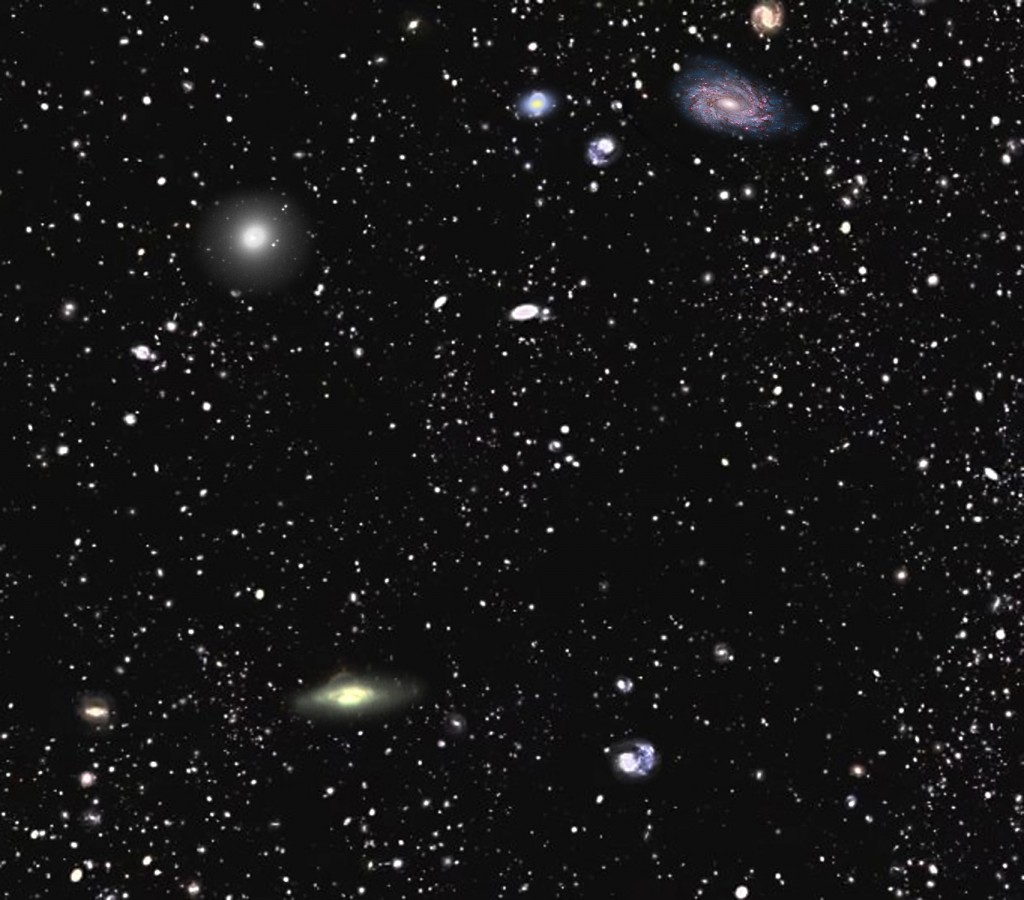
Cambridge, MA – The Sloan Digital Sky Survey III (SDSS-III) has released the largest three-dimensional map of massive galaxies and distant black holes ever created. The new map pinpoints the locations and distances of over a million galaxies. It covers a total volume equivalent to that of a cube four billion light-years on a side. “We want to map the largest volume of the universe yet, and to use that map to understand how the expansion of the universe is accelerating,” said Daniel Eisenstein (Harvard-Smithsonian Center for Astrophysics), the director of SDSS-III. The map is the centerpiece of Data Release 9 (DR9), which publicly releases the data from the first two years of a six-year survey project. The release includes images of 200 million galaxies and spectra of 1.35 million galaxies. (Spectra take more time to collect than photographs, but provide the crucial third dimension by letting astronomers measure galaxy distances.)
Source/Continue reading → www.cfa.harvard.edu
Ci sono voluti due anni di lavoro per realizzare questa spettacolare animazione. Quelle che vedete nel video sono galassie (e non stelle), e nella loro posizione reale. Significa che ognuno di quei “puntini” contiene la bellezza di centinaia di migliaia se non milioni di “sistemi solari” e potenziali pianeti abitabili. 400.000 galassie in animazione, catalogate e animate da Miguel Aragon della Johns Hopkins University, da Mark Subbarao Planetario Adler e da Alex Szalay della Johns Hopkins, con le immagini delle galassie attuali in queste posizioni derivanti dalla Sloan Digital Sky Survey III (SDSS-III), il più complesso progetto di cartografia dell’Universo mai condotto prima.
Fonte/Leggi tutto → www.gravita-zero.org





















